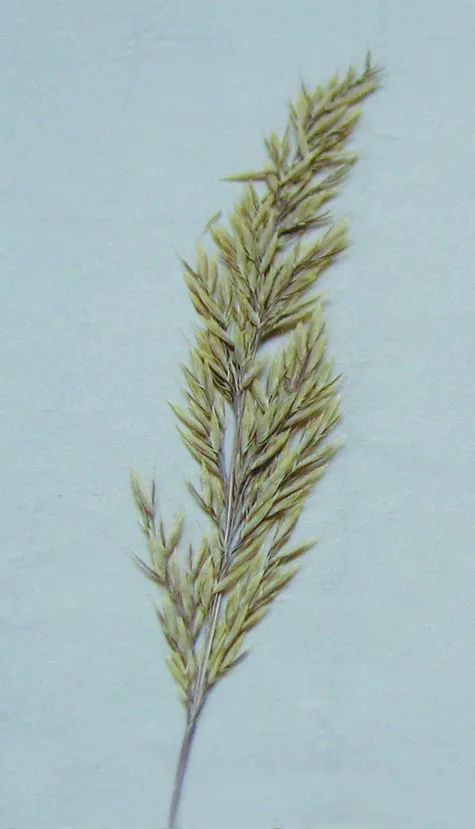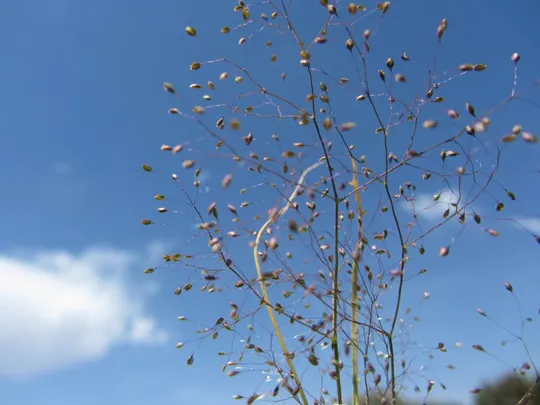Para Grass, Pointless Signal-grass
Urochloa mutica
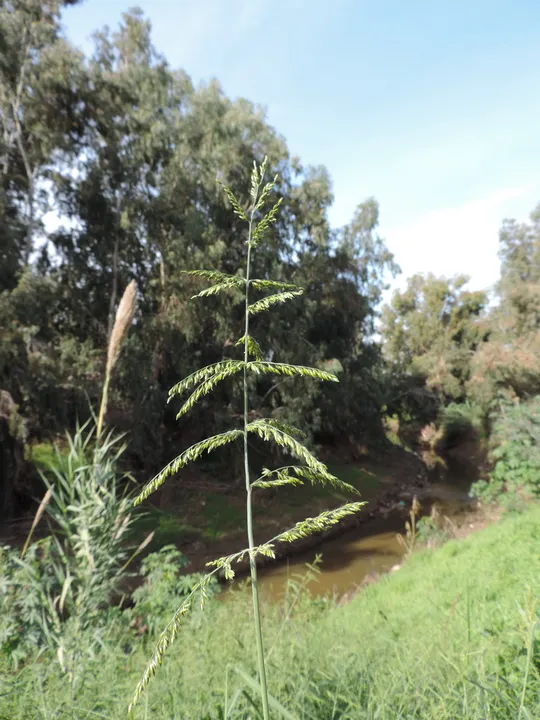
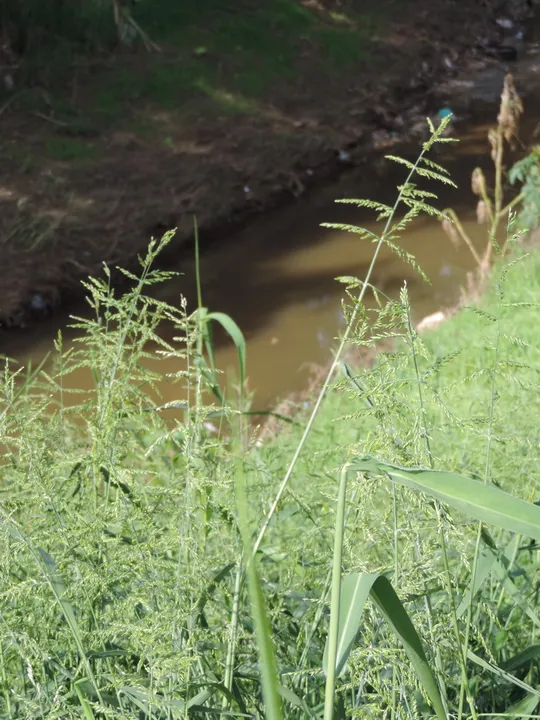
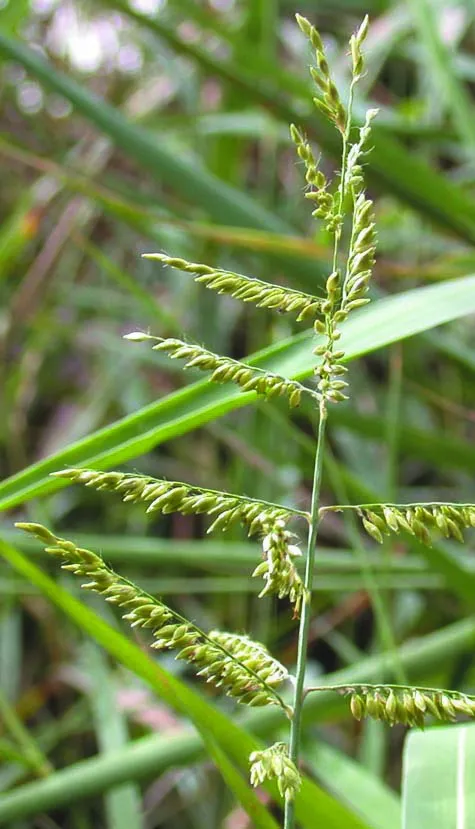
Brachiaria
mutica grows in five regions. It is fairly common in the Kinarot Valley and in the Bet She'an Valley. The rare plants survey in the Sharon found
only 3 out of the 6 sites that were formerly known. B. mutica
is extinct in
the Batih Pond but
grows in the Alexander
stream and the
Yarkon. There are two specimens from the Jordan valley (1941, 1985) and a single specimen from
Yotvata in the Arava (1964). The species is extinct in three regions: a single specimen from Shamir in the Hula Valley in 1962, from the Acre Valley in Kurdani in 1951, and from 4 sites in the northern Philistian Plain from 1924-1953,
which were not found in the 1990 surveys. According to Danin (2004) B. mutica also grows in the Judean Mountains, in the Samaria transition zone,
on the Carmel coast, in
the Lower Galilee and in the Golan Heights.
Wetlands, particularly along the banks of streams and water canals, and in depressions in fields on poorly drained soils. In the Alexander Stream and in water canals in
the Kinarot Valley there are still sections with flowing water where B. mutica dominates around the edges and
creates a grassy meadow. In Egypt it dominates
in the Land of Goshen on the edges of irrigation channels.
For the genus, see Brachiaria eruciformis.
Some researchers place
B.
mutica in another close genus, Urochloa. We follow Boulos (pg.
292, Boulos, 2005), who kept this species the genus Brachiaria.
·
Damage
to wetland habitats in Israel is the
main reason for the decrease in the number of regions (from
7 to 5) and the number of sites (currently a definite 14 compared to 21 and more in the past), where Brachiaria mutica grows.
·
The
populations are fragmented and kilometers to tens
of kilometers apart, according to the pattern of habitat
fragmentation. On several sites, dominant
patches are formed.
·
It
is not globally endangered.
·
B. mutica is protected in the Alexander
Stream Reserve.
Water flow in water channels in the area near the
Alexander Stream and near the Sea of
Galilee should be preserved and pollution prevented. Detailed surveys should be conducted in all wetlands, with population monitoring and
demographic tracking.
Brachiaria
mutica is a broadly distributed species that grows in the tropical areas of South America and Africa: East Africa, Equatorial Africa and South Africa. It also grows in the southern Mediterranean countries – the Maghreb, Spain, Egypt (very common in the Nile), in Israel and Lebanon. Its distribution in South
America is natural, while in other tropical regions in the world it is a young colonizer. In the
Middle East, it is known only from Yemen, Lebanon and Israel.
Brachiaria mutica is a perennial
grass of channel edges and wetland habitats, whose status is threatened due to
the damage to its moist habitat. Despite its broad global distribution, it is
rare in Israel and its population is diminishing as
its habitats continue to dry up and become polluted.
Current Occupancy Map
| 1000 squre meter pixel | 5000 squre meter pixel | 10000 squre meter pixel | |
|---|---|---|---|
| number of observations | 0 | 0 | 0 |
| in total pixels | 0 | 0 | 0 |
| Family | Gramineae |
| Classification | On the endangered species list |
| Ecosystem | Humid |
| Chorotype | Tropical |
| Conservation Site | Alexander Stream, Ginosar Valley |
| Rarity |
1
2
6
|
|---|---|
| Vulnerability |
0
4
4
|
| Attractiveness |
0
0
4
|
| Endemism |
0
0
4
|
| Red number |
1
3.7
10
|
| Peripherality | 0 |
| IUCN category | DD EW EX LC CR EN VU NT |
| Threat Definition according to the red book | Vulnerable |
 Based on:
Based on:

